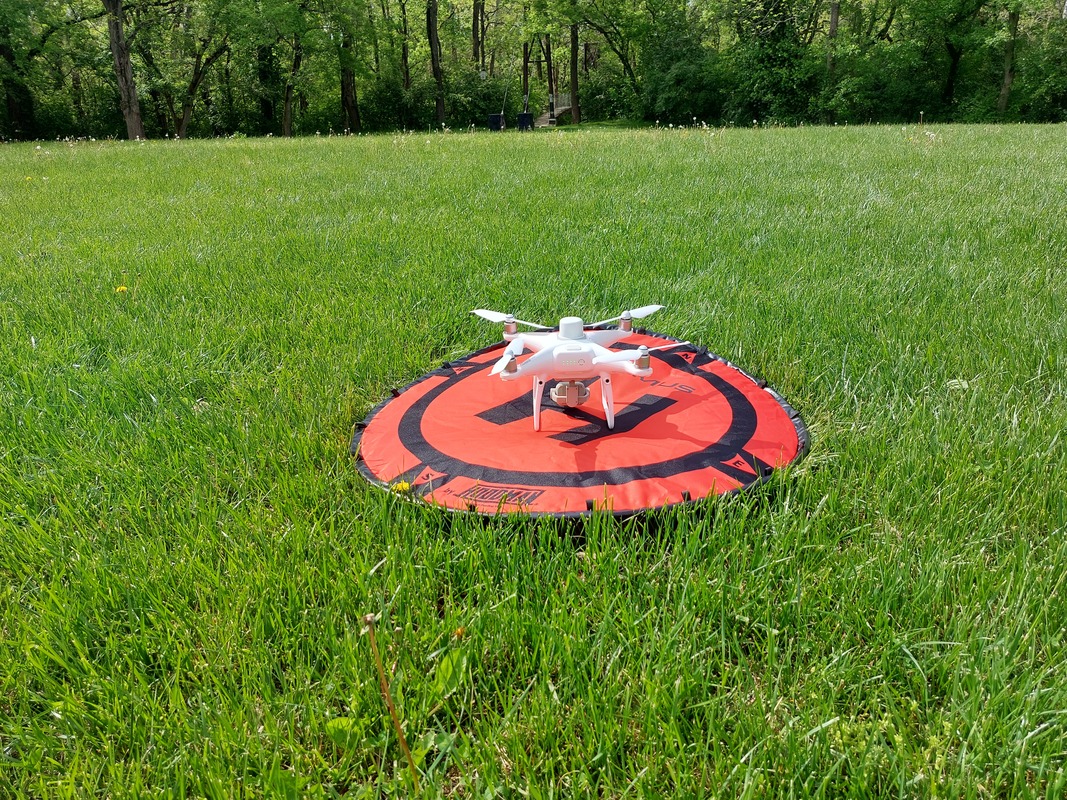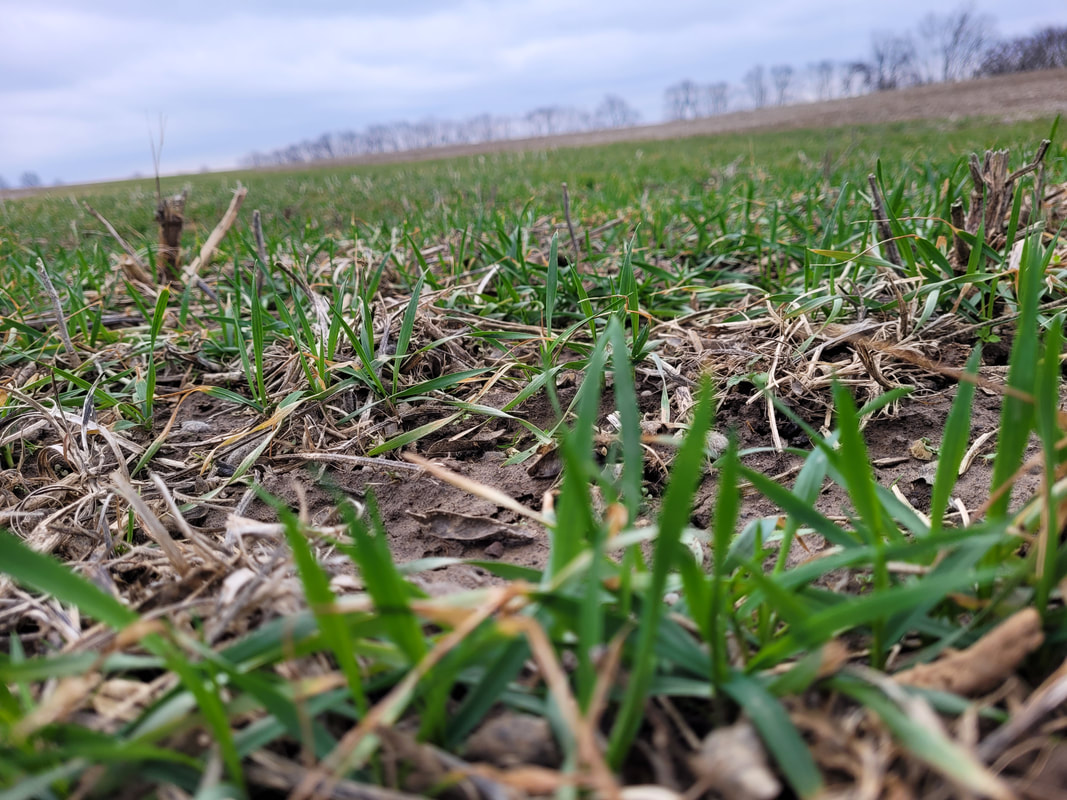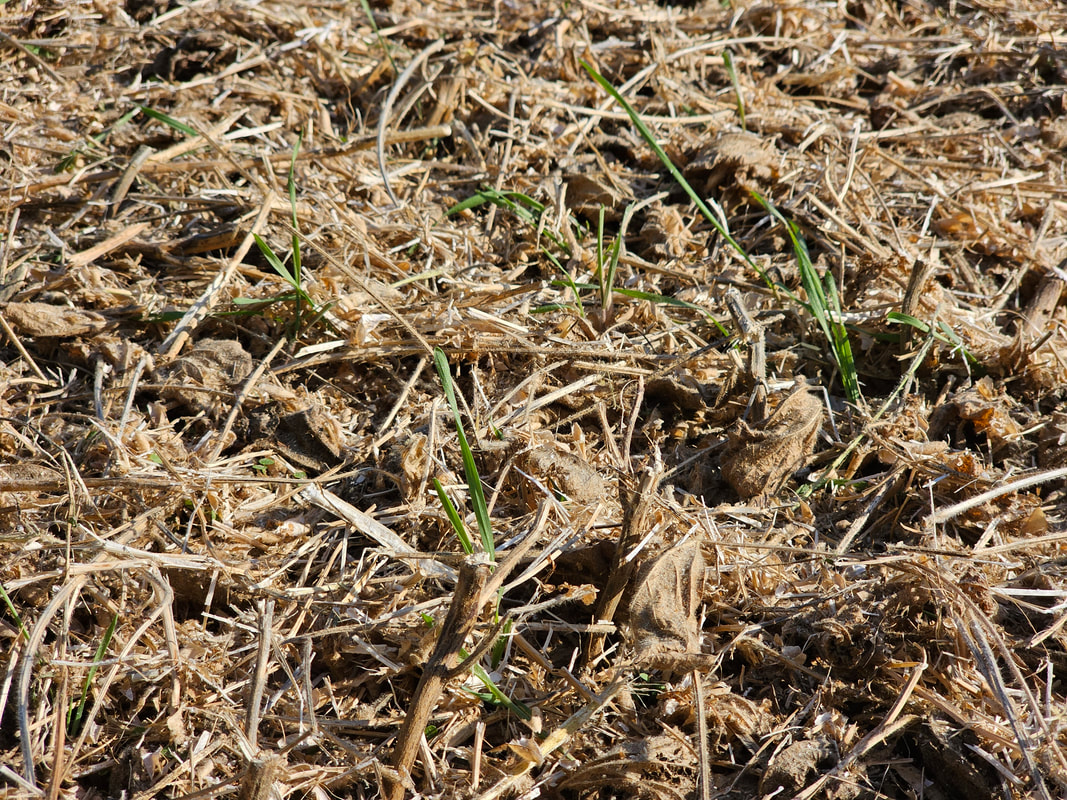|
As the technology for Unmanned Aerial Vehicles (UAVs) becomes increasingly more powerful and affordable, it is beginning to have an increased role in the agriculture world. UAVs, or more commonly drones, can be used for a variety of purposes, from monitoring crops, herds, and infrastructure to applying resources where they are most needed, and they will only continue to be more useful and important in the years to come. Here are a look at a few ways that agricultural producers are beginning to utilize drones in their businesses.
Monitoring Many drones with optical sensors can be very useful in remote monitoring of fields or rangeland. Having an aerial view of a field can give a producer the chance to see patterns that are not readily available from the ground, such as damage to crops from a storm or where plants are not growing as healthily. Additional optical sensors such as near infrared can be used to create normalized difference vegetation index (NDVI) imagery of crops, giving a detailed and precise measurement of crop health and showing where water or nutrients can be best applied. Drones can also be used to monitor and track herds or check for damage to fence rows or other infrastructure much more quickly than it would take to drive or walk a route, saving time and resources for routine tasks. Application Some drones are equipped to carry payloads and can be used in the precise application of resources. If a part of a field is not receiving enough water or needs to receive more fertilizer, then a drone can be used to deliver the precise amount of nutrients exactly where it is most needed to save on cost for the producer. Conversely, drones can also be used to deliver payloads of pesticide or herbicide where there is active damage to crops. Repeatability and Autonomy Many drones today come with software that allows the pilot to preplan flight missions and save them for future use. This means that the drone can be flown on the exact same path and perform the exact same actions whenever needed. This frees up the pilot from having to manually control the drone each flight and allows for high accuracy in repeating tasks. This also allows for repeated missions to collect the same data over multiple flights, an invaluable resource when comparing such things as the stages of construction of a conservation practice or routinely monitoring field health during the growing season. References https://nebraskacorn.gov/cornstalk/sustainability/four-ways-drones-are-used-in-agriculture/ https://www.tntech.edu/news/releases/22-23/class-demonstrates-variety-of-uses-for-drones-in-agriculture.php
2 Comments
The inclusion of cover crops in a cash crop rotation can have huge benefits to soil fertility and productivity, while at the same time protecting waterways from excess nutrient runoff.
Nitrogen Production Cover crops, specifically legumes, can create plant available nitrogen (NH3) from nitrogen gas (N2) which is readily found in the Earth’s atmosphere. Legumes create nitrogen through a symbiotic relationship with the bacteria, Rhizobium. Rhizobia infects the legumes root hairs; the bacteria receive its required sugars and vital nutrients while the host legume receives the excess plant available nitrogen. It is estimated that one-half of the NH3 created becomes available to the subsequently planted crop, approximately 1-2 months after the legume has been terminated. Nutrient Scavenging A common concern in modern agriculture both by farmers and water quality experts is the amount of applied nutrients that are left on the field after cash crops have been harvested. In a typical cash crop rotation, crop ground can lay fallow for several months giving nutrients the correct conditions to rapidly exit the field. In the scenario where a cover crop is established rapidly after or even before harvest, these leftover nutrients in the soil are taken up by the cover crop. Nutrients are safely stored until the cover crop is terminated and the nutrients can again be made available for a cash crop or remain as organic matter. This both reduces the amount of excess nutrients entering waterways, but also keeps farmer’s dollars (spent on fertilizer) in the field where it is an asset for future cash crops. Soil Builder – Compaction Breaker Cover crops also stand to improve soil quality and composition. Most notably the life cycle of a cover crop dictates that it is not harvested at termination. In this scenario the organic matter from the terminated crop all remains in the field and over time will increase the amount of organic matter of the top soil. Organic matter is an important aspect of soil health; it directly correlates to fertility in that a nominal amount of organic matter will: provide food for the soil’s microbial ecosystem, improve water infiltration and holding capacity, and enhance its ability to hold onto and supply nutrients to growing crops. Specific cover crops can also be a vital tool against compaction. The ever-increasing size of agricultural machinery is cause for concern regarding the compaction of productive soils. Cover crops which have deep roots can penetrate deep into the ground, improving soil permeability, which in turn increases water infiltration and aeration. Additionally, specific cover crops which have large taproots can break through hard pans and compacted layers of soil. This creates macropores for future cash crop root growth. Erosion Prevention Perhaps the most well-known benefit of cover cropping is the claim that planting a cover crop reduces erosion. The crop is physically “covering” the soil and shields it from both wind and water erosion. A 6mm raindrop is traveling up to 20 mph when it impacts the surface. The drops impact on the soil displaces soil particles and starts the process of erosion. Shielding bare soil with a cover crop keeps soil in place and retains the structure of the topsoil. Live roots along waterways and areas that carry water during heavy rains also help keep soil aggregates stationary during wet season rains. Additional Benefits Cover crops can provide weed suppression benefits. This is typically done by out competing or overshading growing weeds. Additionally, some species of cover crops have the ability to release substances and chemically inhibit the growth of surrounding plants (i.e. cereal rye, sunflowers and buckwheat). Cover crops if managed properly and planned accordingly can also provide grazing and forage opportunities to growers who also manage herds of livestock. Program Opportunity: To learn more about the benefits and types of cover crops for southwest Ohio, please join the Warren County Soil and Water Conservation District for the annual Agriculture Conservation Breakfast on February 24th from 8:30AM-11AM at the Countryside YMCA Events Center, 1699 Deerfield Road, Lebanon. This program is free, but registration is required. To register, please go to warren.swcd.com or call, 513-695-1337. Additional Resources: Rain or Shine (https://open.library.okstate.edu/rainorshine/chapter/5-3-raindrop-impact/) Cover Crop Farmers of Southwest Ohio (https://clermontswcd.org/wp-content/uploads/sites/23/2017/12/covercropfarmers.pdf) Cover Crops for Southwest Ohio (https://fairfieldswcd.org/wp-content/uploads/2017/02/SWOhioCover-CropBooklet.pdf) Ohio Cover Crops (https://cfaes.osu.edu/features/ohio-cover-crops)  Often we hear the phrase "mother earth" and think about all the ways the earth helps us survive. Yet we must care for the earth the way it cares for us, and women are increasingly filling that role, whether it be on their residence property, through business practices, or through agricultural practices. Women not only are taking a greater role in farming operations, but they play a critical role protecting the land that sustains us. Did you know that 43% of U.S agricultural land is now farmed or co-farmed by women?! Unfortunately, women face gender-related barriers to managing their land for long-term sustainability. And while women are increasingly playing primary decision-making roles on farms and many are inclined towards conservation, they remain underrepresented in their utilization of USDA and state-based conservation programs. The goal of this program is to connect with other women landowners and resource professionals as we learn about the fundamentals of land conservation. Warren County Soil and Water Conservation District will be offering programming geared towards women and land conservation topics in 2021 and beyond. Are you one of these women? Do you help manage land and need help understanding where to find resources? Please help us identify topics that will help you by taking this short survey!
I recently came across an interesting video series produced by The USDA NRCS. There is an introduction and 7 following chapters that explore how an increasing number of farmers throughout the country are creating a new hope in healthy soil by regenerating our nation’s living and life-giving soil. You can watch all the videos here...
Molly Conley, Natural Resource Engineer |
Details
Warren County SWCD Staff BlogA blog to keep you informed on all the latest news at Warren County SWCD and in the conservation world. Archives
May 2024
Categories
All
|
|
|
Contact:PHONE: (513) 695 - 1337
EMAIL: [email protected] HOURS: Monday - Friday 7:30am - 4:00pm (except holidays) Connect:Warren County Soil & Water Conservation District Copyright © 2016
Warren SWCD Privacy Notice. Emails are serviced by Constant Contact. Constant Contact's Privacy Notice. |



